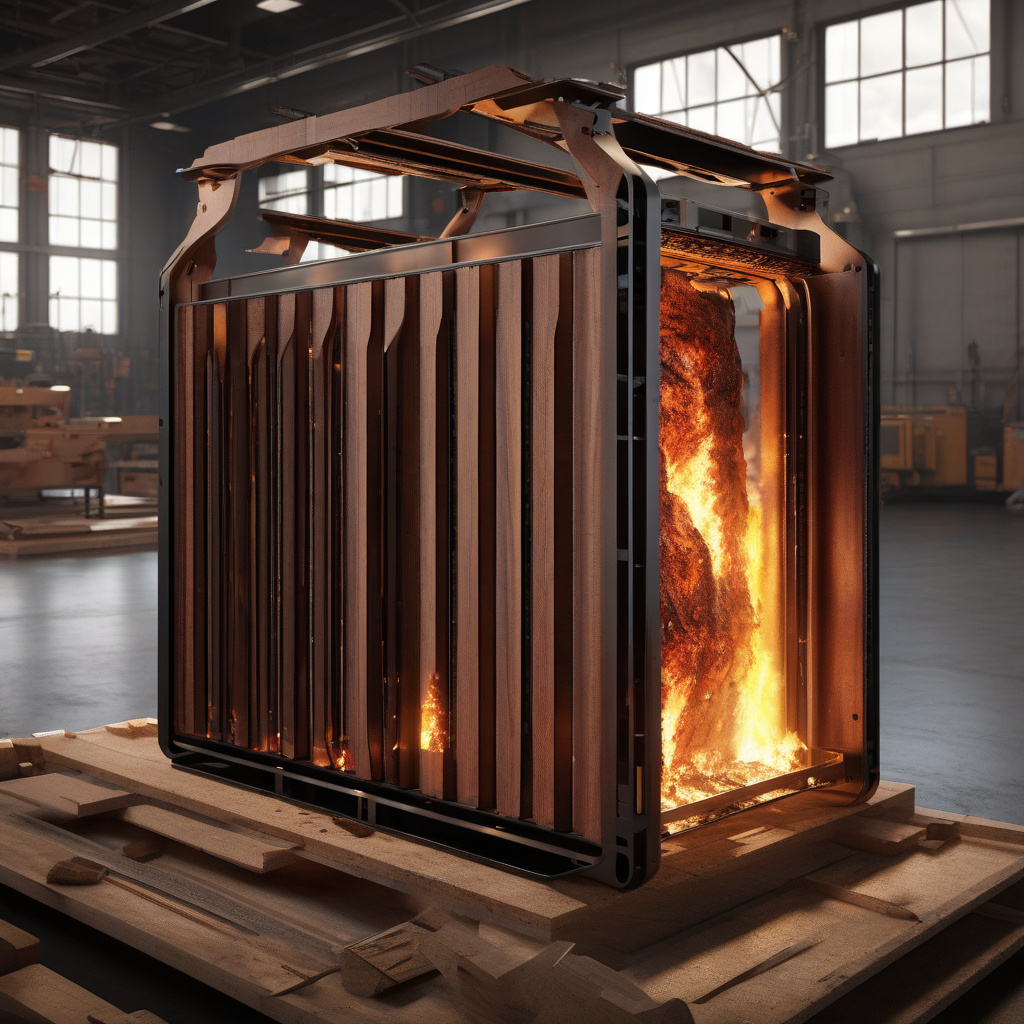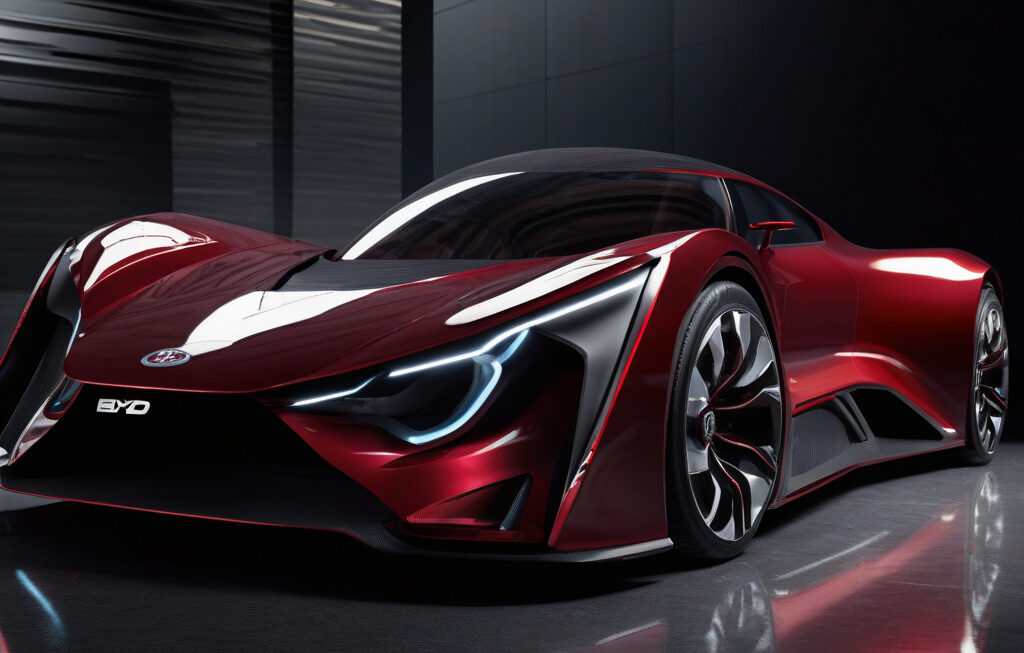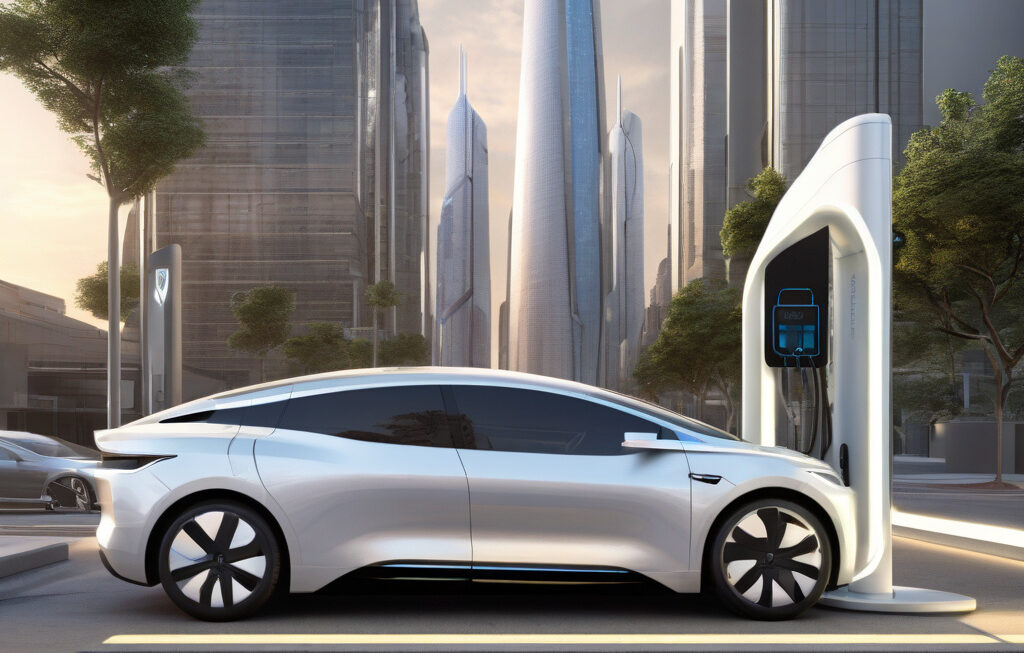Wood-steel EV Battery Case Beats Tesla in 2,372°F Fire Test, Runs 212°F Cooler
Researchers in Austria have designed a new type of electric car battery enclosure that combines the strength of steel with the heat resistance of wood. This innovative battery case has outperformed Tesla’s current battery enclosures in a rigorous fire test, showcasing its ability to withstand extreme temperatures and maintain cooler operating conditions.
The concept of using wood in combination with steel for electric vehicle (EV) battery enclosures may seem counterintuitive at first, as wood is typically associated with flammability. However, the researchers have leveraged the unique properties of wood to enhance the overall performance and safety of the battery case.
In the recent fire test conducted at a temperature of 2,372°F (1,300°C), the wood-steel battery enclosure demonstrated exceptional resilience. While Tesla’s traditional aluminum battery enclosures reached temperatures exceeding 2,584°F (1,420°C) during the test, the new wood-steel enclosure maintained significantly lower temperatures, peaking at only 2,160°F (1,180°C).
This remarkable performance can be attributed to the thermal properties of wood, which char and form a protective layer when exposed to high temperatures. By integrating wood into the design, the researchers were able to create a more thermally stable battery enclosure that offers superior protection in the event of a fire.
In addition to its impressive heat resistance, the wood-steel battery case also excelled in thermal management. During normal operation, the enclosure ran 212°F (100°C) cooler than Tesla’s aluminum enclosures, showcasing its ability to effectively dissipate heat and maintain optimal operating conditions for the battery pack.
The use of wood in automotive applications is a notable departure from conventional materials but holds great promise for enhancing safety and performance in electric vehicles. By combining the strength of steel with the natural heat resistance of wood, researchers have unlocked a new avenue for innovation in battery technology.
Beyond its technical advantages, the wood-steel battery case also presents environmental benefits. Wood is a renewable resource that is both lightweight and sustainable, making it an attractive alternative to traditional materials like aluminum or carbon fiber. By prioritizing eco-conscious design principles, the researchers have demonstrated a commitment to sustainability in the automotive industry.
As electric vehicles continue to gain traction in the market, advancements in battery technology and safety measures are crucial for ensuring widespread adoption. The success of the wood-steel battery enclosure in surpassing Tesla’s benchmarks underscores the potential for unconventional materials to drive innovation and set new industry standards.
In conclusion, the development of the wood-steel EV battery case represents a significant breakthrough in the field of electric vehicle technology. By reimagining traditional design norms and harnessing the unique properties of wood, researchers have created a safer, more efficient battery enclosure that outperforms existing solutions. As the automotive industry embraces sustainable practices and cutting-edge innovations, the wood-steel battery case stands out as a testament to the power of forward-thinking engineering.
electric vehicles, battery technology, sustainable materials, automotive innovation, environmental sustainability











